History of Filoli
Learn about the many people who have connected to this land over the years.
By the Numbers
Year Constructed
1917
Year Opened to the Public
1975

Lamchin Tribe
Filoli sits on the unceded ancestral homeland of the Lamchin, an independent tribe of the Ramaytush Ohlone peoples, the original inhabitants and stewards of the San Francisco Peninsula. The Lamchin village of Ssupichom was established on what is now Filoli in about 1000 CE. The Lamchin were one of the largest local tribes of the Ramaytush Ohlone, with about 350 people. Because of the mission system and continued effects of colonization, only a few Ramaytush Ohlone descendants remain in the Bay Area; however, their work has immense impact on ecological restoration, research, culture, and community.
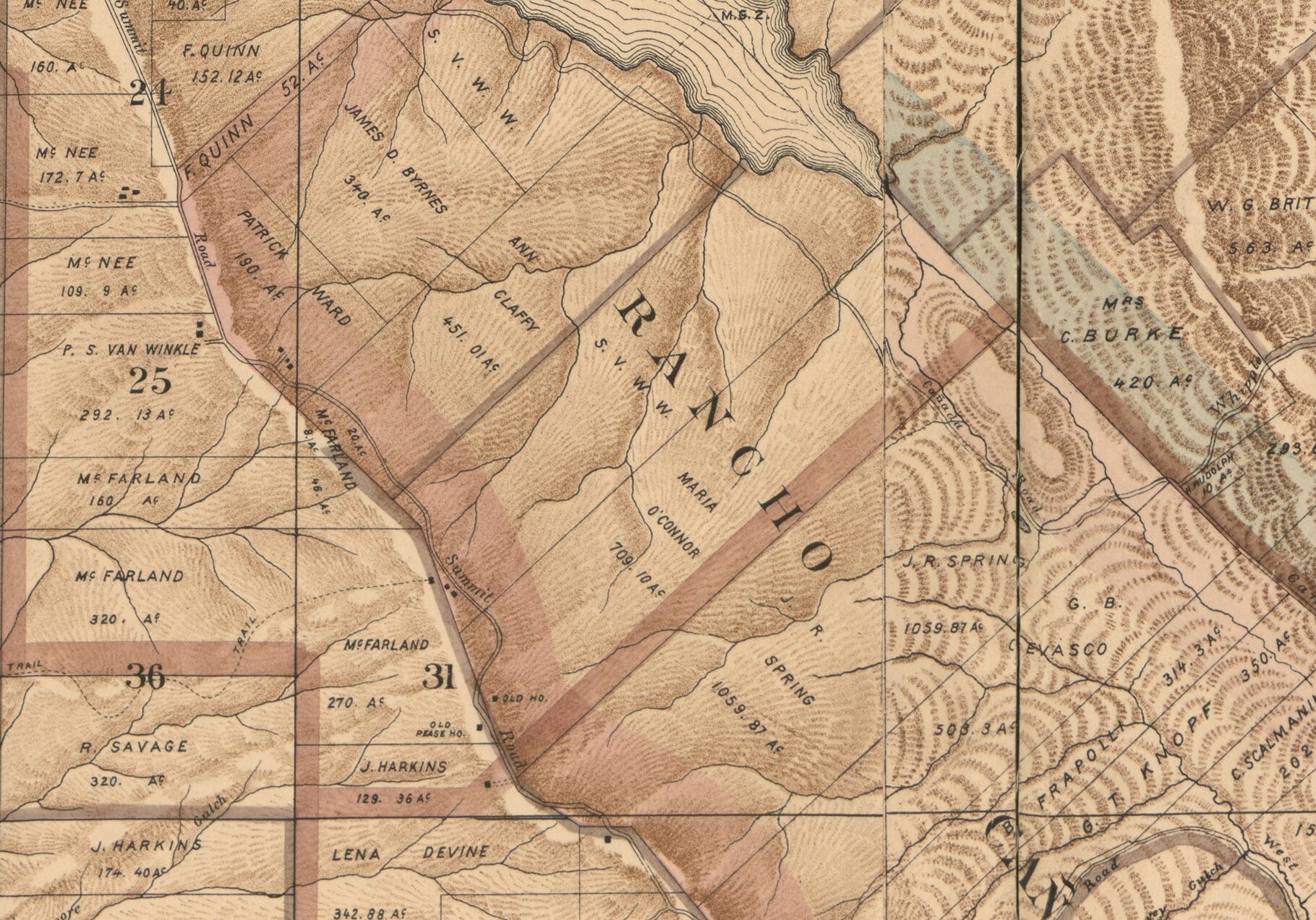
Rancho Cañada de Raymundo
Mexico won independence from Spain in 1821 and took control of California. Promises to the Ohlone of land were never fulfilled—instead, the new government granted enormous ranchos to political allies. In 1840, Irish immigrant John Coppinger was granted 12,545 acres. Coppinger and his wife Maria Luisa Soto built an adobe home among towering redwoods and extensive pastures on Rancho Cañada de Raymundo. They sold lumber, raised cattle, and cultivated wheat and potatoes. After Coppinger’s death, Soto inherited the property and later sold sections, including the acreage that would become Filoli.
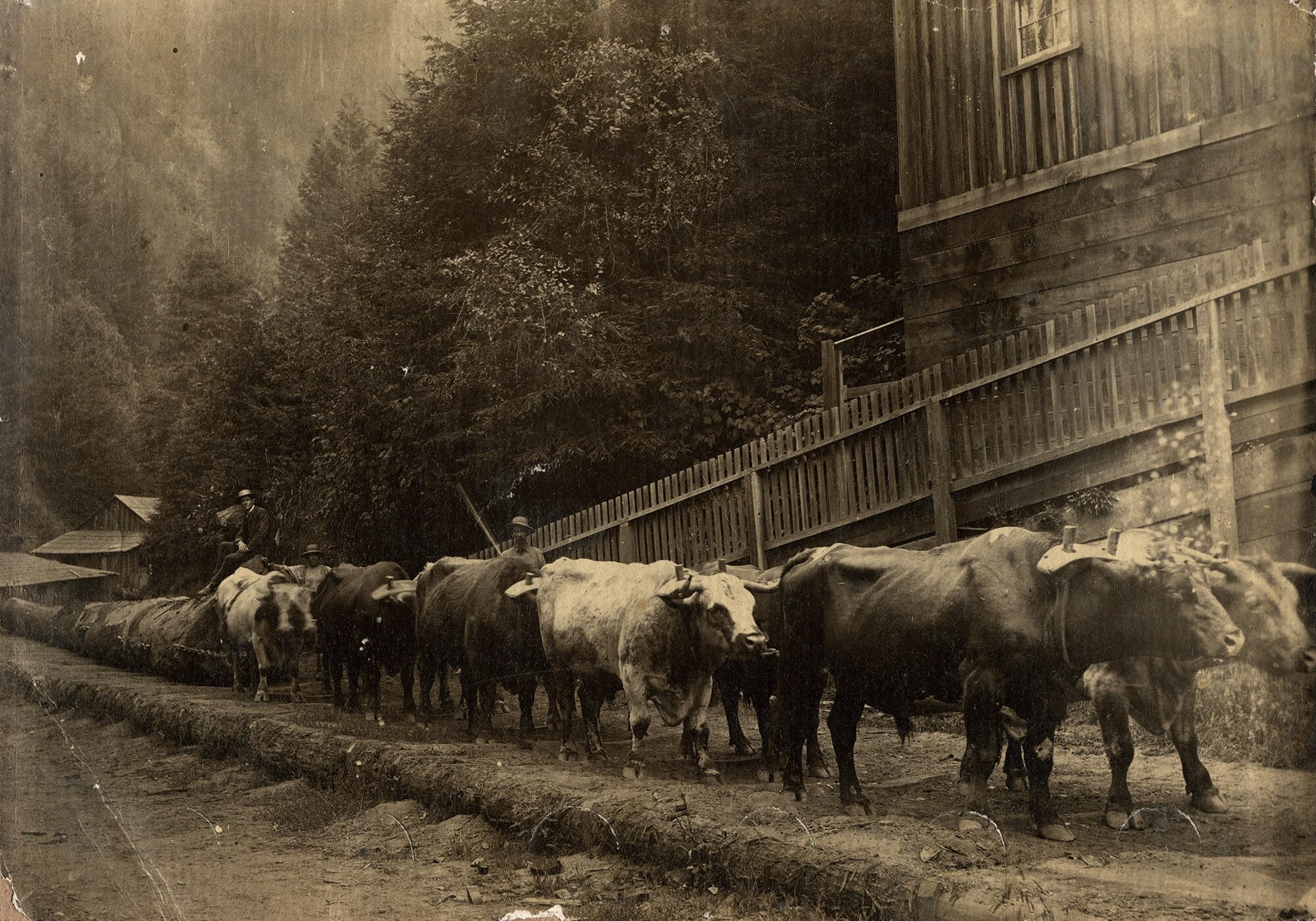
Logging the Hills
The hills of Filoli once contained towering old-growth redwoods, but the tallest trees were first to meet the bladed teeth of logging saws. Oxen dragged sleds of lumber to Redwood City to be shipped to San Francisco, where demand soared along with the population during the Gold Rush. By 1860, 35 mills populated the hills east of Skyline Boulevard.
Photo Credit: San Mateo County Historical Association
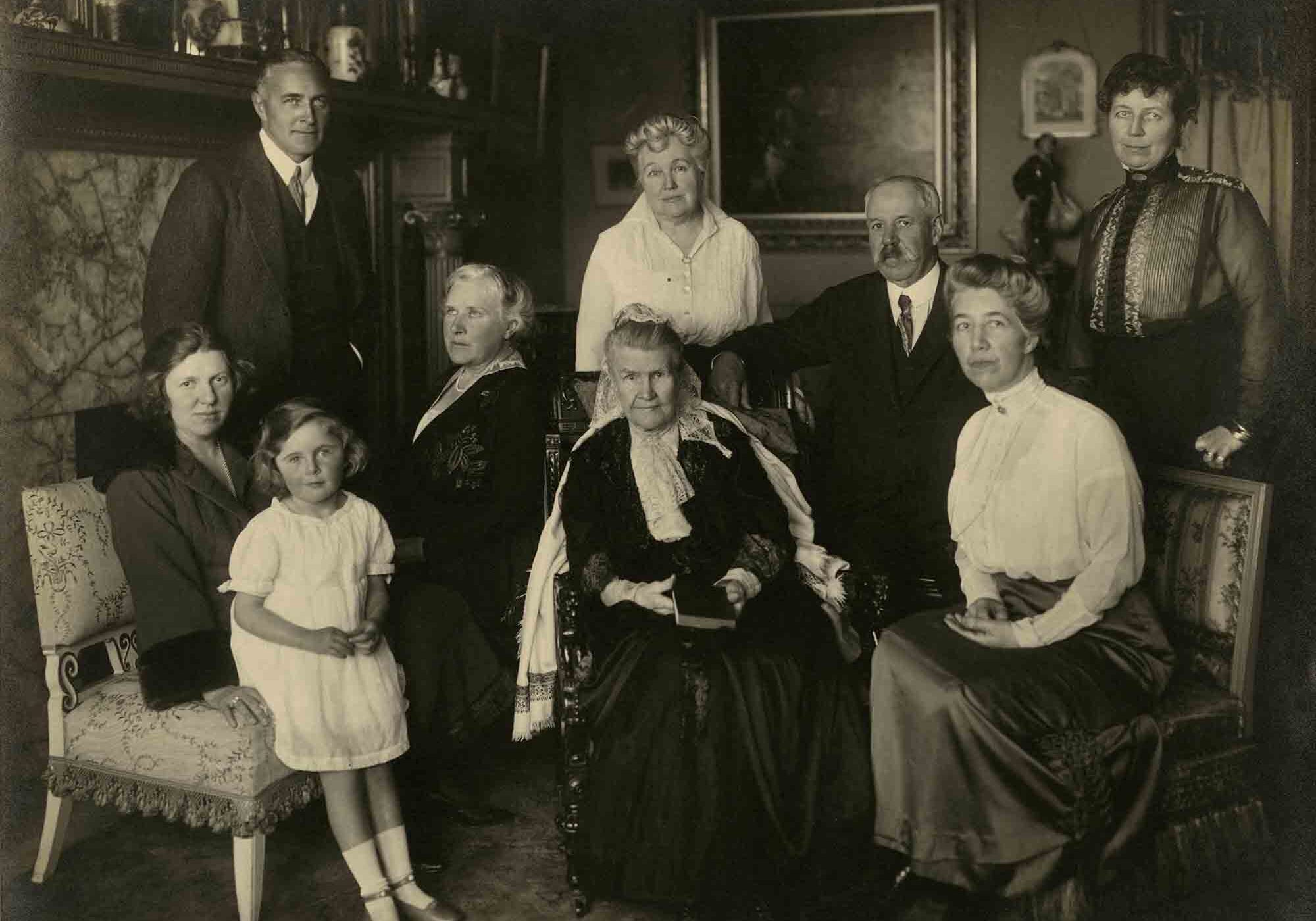
The Bourn Family
Born in 1857, William Bowers Bourn II was raised a wealthy son in post-Gold Rush San Francisco. In 1881, he married Agnes Moody, a family friend. After the 1906 earthquake and fire, wealthy San Franciscans – including Agnes and William – migrated south to the peninsula to escape the city and build grand estates. The Bourns created Filoli to fulfill their vision of a self-sustaining country estate. Filoli overlooked the Spring Valley Reservoir that Bourn oversaw as president of the water company.
Pictured: The Bourn family, circa 1917.
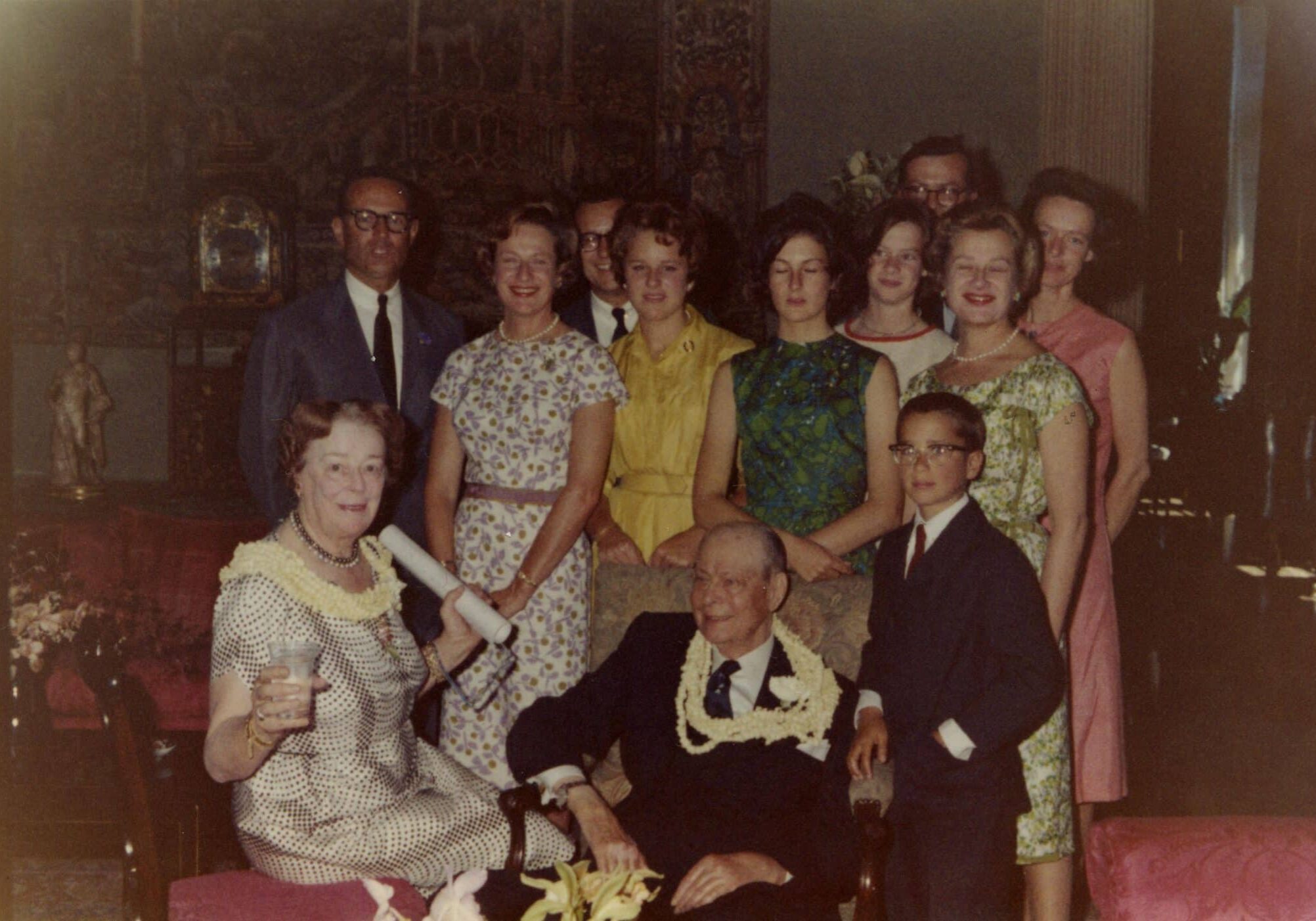
The Roth Family
After Agnes and William passed away in 1936, the Roth family purchased Filoli. Lurline Matson Roth was the daughter of Captain William Matson, founder of the Matson Navigation Company. Lurline’s husband, William “Bill” Roth, would later take over as company president. While the Bourns had the vision to create the Filoli House and Garden, the Roths carried the estate forward thanks to their stewardship. Lurline took great interest in the Garden, working with the Bourns’ original garden designer to add to its beauty. After her husband’s death, Lurline decided to move to a smaller home and later donated the house and garden to the National Trust for Historic Preservation.
Pictured: Birthday party for William “Bill” Roth (center) with Lurline Matson Roth seated to his left, circa 1960.
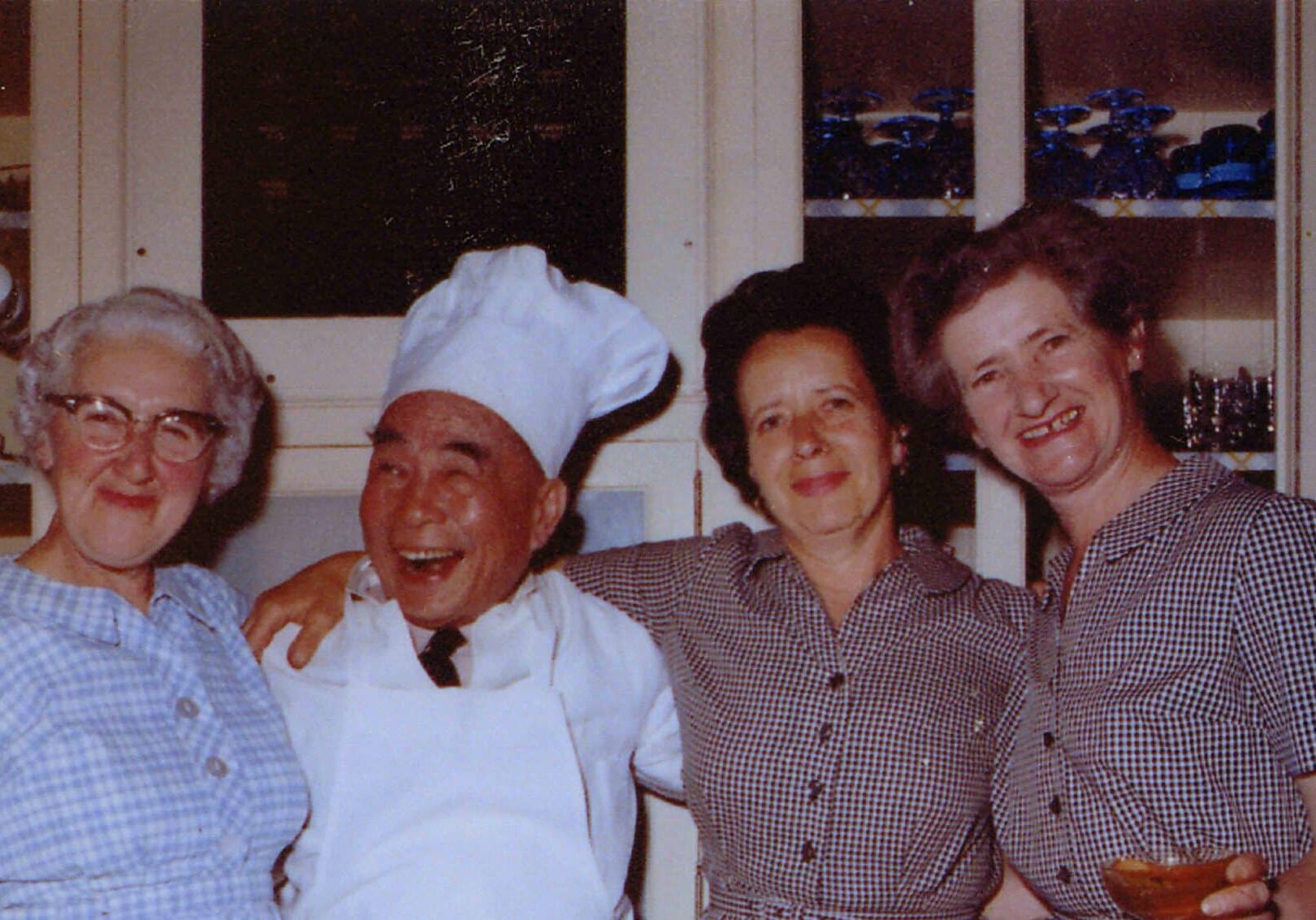
Historic Staff
A staff of 35 people cared for the estate at peak, including butlers, ladies maids, cooks, chauffeurs, and gardeners. Most of them lived and worked on site in the staff wing of the House.
Pictured: Filoli House Staff in the Butler’s Pantry, circa 1960
